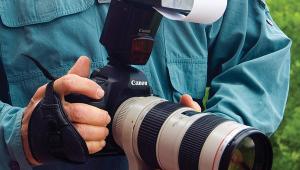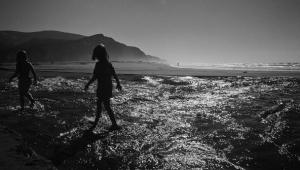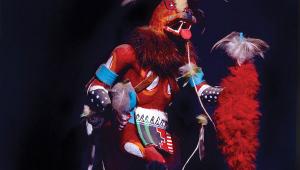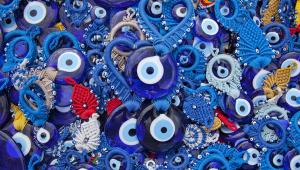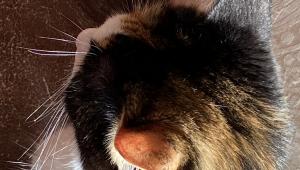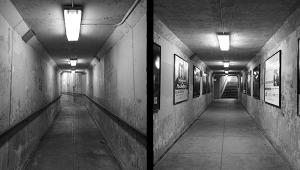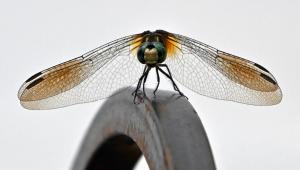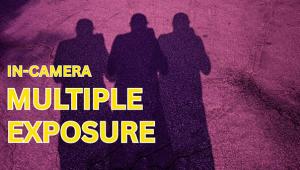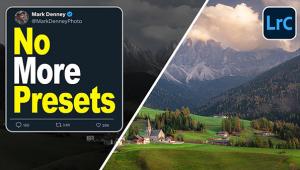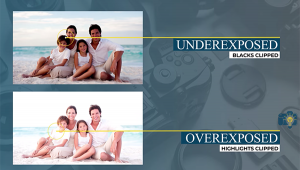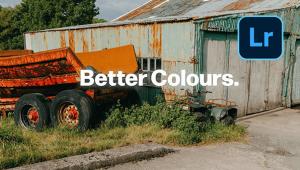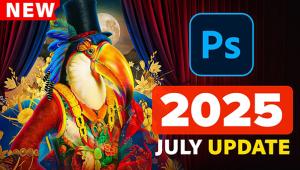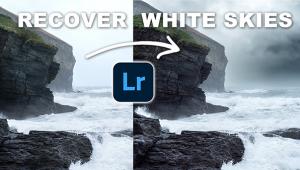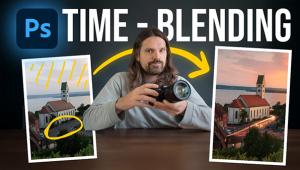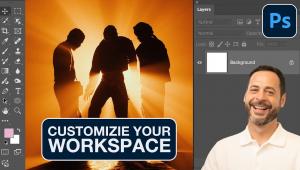Splash Of Color: Contrast Color With More Muted Tones
The yellows flowers I found in the Great Sand Dune National Monument in Colorado (#1) are a perfect example. Not only are yellow and blue complements, but the flowers draw our eye because of the yellow color. In addition, the graphic shape of the plant and its shadow stand out against the sand. Notice also the rich texture of the sand that resulted from the low angled sunlight.

All Photos © 2010, Jim Zuckerman, All Rights Reserved
I used the same principle in the shot of a model in tropical water (#2). The entire picture is blue and cyan except the visually arresting bathing suit. This didn’t happen by accident. I bought the red suit specifically to use as a focal point in the tropical water.

When I travel, whether it is from my home to the post office or internationally, this is one of the techniques that is never far from my consciousness. I am always looking for splashes of color. When I was leading a photo tour to India, I was excited to find a company of Indian soldiers (#3) assembled in a large park, and I asked the driver to stop immediately. The red turbans were fantastic against the park environment, and my entire group was thrilled to capture such great images. The soldiers were incredibly kind in letting us photograph them, and they posed in groups, while marching, and individually (#4). Precision and uniformity always make good photographic material (repeating patterns), and with the scarlet red turbans the images we got were a highlight of the trip. Even though this was serendipity, it’s important to be on the lookout for this kind of opportunity. If you can’t recognize the potential when it’s presented to you, you’ll miss the opportunity.


India is famous among photographers for the colorful clothing and head fabrics people wear, and in contrast with their dark skin color the brilliant colors are especially eye-catching. The portrait of a villager (#5) was taken against a dark background so there wouldn’t be any obtrusive elements behind him that would be distracting. I asked the man to turn away from the camera so I could capture his profile. I usually prefer soft and diffused lighting for outdoor portraits, but the sun was low enough in the sky that I could take advantage of front lighting. Had I taken this at noon, I definitely would have asked my subject to move into the shade. Overhead sunlight is the least attractive type of outdoor lighting for photographing people.

When I was in San Miguel de Allende, Mexico last year I was photographing the famous cathedral in the town square when a balloon vendor appeared. As he was walking toward the church, I followed behind him and, using a 16mm wide angle, captured the wonderful color of dozens of balloons (#6). The background environment was largely neutral in color, so the contrast with the electric colors of the balloons made a strong picture. I waited until the wind blew the group of balloons such that they blocked the vendor from the camera’s view because I was only after the color. Note that even though I used the fairly large lens aperture of f/6.3, there is still significant depth of field because extreme wide angle lenses inherently have the ability to capture both the foreground and the background in focus at any lens aperture. The only time when depth of field is problematic for wide angle lenses is when a foreground subject is placed extremely close to the camera.

In Seattle, Washington, I found another dramatic splash of color at the Space Needle (#7). This famous landmark has been photographed from every conceivable angle, time of day, and weather condition, so I was looking for something that was a little different from what I had seen. The abstract artwork gave me the punch I was looking for. Usually the Space Needle is the subject, but in this case it’s the backdrop to the object that draws the eye because of that super saturated red color.

I also used shocking red in Venice, Italy, in a 17th century palace (#8). My wife modeled for the tour group I led during Carnival, and we photographed her in several places in the huge palace. In this particular location, the muted background fabrics created the perfect location to set up a striking contrast with the red costume. The lighting was available light from large windows, and therefore we used a daylight white balance for accurate color.


